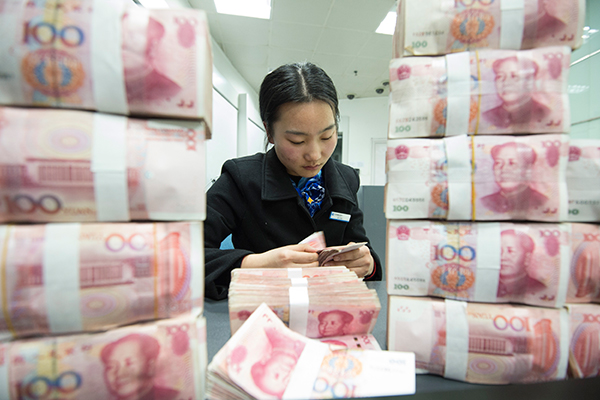M2 not the only money supply indicator, says PBOC


The broad measure of money supply, or M2, should not be the only indicator for understanding China's liquidity conditions, said Zhou Xiaochuan, central bank governor, on Friday.
By the end of 2017, China's M2 growth was 8.2 percent, below the nominal year-on-year GDP growth of 8.5 percent, triggering concerns over inadequate liquidity to bolster normal economic growth.
"China's M2 growth is slightly lower than nominal GDP growth, but we should monitor more indicators, such as prices and jobs, to see whether liquidity is tight," he said at a press conference during the ongoing first session of the 13th National People's Congress.
There is no one simple indicator to judge the conditions of money supply, he said. "It is a quite complex issue and multiple factors should be taken into consideration."
China's consumer price index grew by 1.6 percent year-on-year in 2017, well below the inflation target of 3 percent, and its unemployment rates, in terms of both registered and surveyed unemployment rate, were low, statistics of the National Bureau of Statistics show.
- 'Book of Songs' from Chinese imperial tomb proves oldest complete copy ever found
- Exhibition highlighting the 'Two Airlines Incident' opens in Tianjin
- Average life expectancy in Beijing rises to 83.93 years
- Energy drink overdose sends delivery worker to hospital
- GBA and Hainan deepening cooperation to boost innovation and sustainable growth
- Beijing mulls including the costs of embryo freezing and preservation in medical insurance





































